Mercedes-AMG Turns 50: Highlights From a High-Performance History
AMG — or more accurately, Mercedes-AMG — recently celebrated its 50th anniversary as the focal point of performance for the Mercedes-Benz brand.
The path taken by this one-time race shop to its current position as a wholly owned subsidiary of Germany’s most prestigious automotive brand is well worth examining, so we put together this look at some of the most important moments in the badge’s storied history.
Hans and Erhard Go Racing
Hans Werner Aufrecht (the “A”) and Erhard Melcher (the “M”) met in the mid-1960s while working together at Daimler-Benz as race engineers, and although it wasn’t love at first sight — Hans felt that Erhard was a bit of a fresh-faced stickler, while Erhard was put off by Aufrecht’s uncompromising attitude — the two quickly began to respect each other’s knowledge and passion for performance. Facing the cancellation of the official racing program they were assigned to, the pair refused to take no for an answer and did what small motorsports teams the world over have done since the dawn of the internal combustion engine: continued to develop that same motor for a 300 SE sedan in an old mill near Aufrecht’s home in Burgstall, Germany.
After their car found enormous success in German Touring Car Championship (DTM) competition in 1965, the floodgates opened and it seemed like everyone in the country suddenly wanted a piece of the Aufrecht and Melcher magic. The pair were obsessed with not just improving on the engine design that they had been working on, but also building road cars that used the same technology. This led them to leave Daimler in 1966 and form their own company the very next year, whose name they rounded out with a “G” from Großaspach, where Aufrecht had been born.
Victory at Spa
Although the DTM results had served as an important baptism for AMG in regional racing, it wasn’t until 1971 that the company caught the eyes of the rest of the world. The venue was Spa — specifically, the 24 hour race — where the “Red Pig” claimed a class victory under the AMG banner. Finishing second overall, the modified Mercedes-Benz 300 SEL featured a 6.8-liter V8 engine that pushed out nearly 200 more horsepower than the smaller-displacement road car on which it had been based. Not only was the Pig a winner, but it also attracted enormous amounts of attention due to its enormous size and weight compared to the other vehicles on the grid.
ALSO SEE: Top 10 Coolest AMG Cars to Ever Exist
The Building Leaves Erhard
The company’s momentum after Spa would soon see it regularly modifying Mercedes-Benz street cars to be quicker than factory spec, and it became an AMG calling card to best what the boys at Stuttgart were able to bring to the table. It became clear that a move to a larger facility would be required to keep up with demand, and plans were put into place to transfer the company and its 40 employees to Affalterbach, where it still resides today. Not making the move, however, was Erhard, who elected to stay behind in Burgstall and give up his partnership with Hans. He would continue on as an employee, working on engines designs and focusing on racing.
The Hammer Falls
With Melcher out of the picture and the ’80s swinging into view, AMG’s road car operations would soon swell to match its on-track exploits. Although the company would generate considerable profits from tuning cars like the SL convertible and the SEC full-size coupe, it’s hard to think of a car more important to the AMG image in the 1980s than the Hammer.
ALSO SEE: 2018 Mercedes-AMG GT Review: We Drive the Whole Family and Might Be In Love
With 100 employees working at Affalterbach by 1985, the Hammer’s development was a fitting shot across the bow of not just Mercedes-Benz, whose cars it was still using as the platform for its street-friendly efforts, but almost every other high-performance builder on the planet. Based on the 300E sedan, the all-black monster boasted a 5.6-liter V8 that pushed out 355 horsepower and 388 lb-ft of torque, which was enough grunt to shame same-era Corvette and Lamborghini efforts when it went on sale in 1987. Claiming the title of the “fastest sedan on the planet,” the Hammer finally put AMG on the map for a broader swathe of deep-pocketed buyers outside of the racing world.
Corporate Collusion
Right around the same era as the Hammer was terrorizing the autobahn, Daimler-Benz and AMG began officially working together on a DTM program involving the 190E compact sedan. It was an enormous success, with 50 wins for the car over a five-year period stretching into 1993, and smack-dab in the middle of that love-fest, the two German companies signed an agreement that would see AMG vehicles sold and maintained at Mercedes-Benz dealerships across the globe. By 1993 the bonds between the two companies had strengthened to the point where the first co-developed vehicle — the Mercedes-Benz C36 AMG — was offered for sale.
SL73 Spawns Supercar Success
Although the racing partnership would continue unabated throughout the ’90s, and the number of official AMG models would grow as well, the team at Affalterbach hadn’t lost their penchant for stuffing enormous motors where one wouldn’t expect to find them. The vehicle that perhaps best represents the spirit of the Red Pig in a modern context is the Mercedes-Benz SL73 AMG, a version of the popular roadster that featured a 7.3-liter 12-cylinder engine. In 1995 the M120 motor — the largest-displacement unit ever built by the company — generated 518 hp and 553 lb-ft of torque, giving the SL73 a top speed of 186 and making it quicker to 60 mph than the legendary Hammer by 0.2 seconds.
If the SL73 AMG were simply a convertible with a ridiculous V12 that probably wouldn’t be enough to make it a significant milestone for the brand, its ultra-low 85 example production run notwithstanding. Far more interesting is the fact that a version of that car’s engine would go on to find a second life in the Pagani Zonda supercar, where it still resides today and produces nearly 800 horses in the final-edition Zonda Revolución. It also remains one of the few hand-built, one-engineer, one-engine power plants left in Affalterbach’s portfolio.
The Zonda was merely the tip of the iceberg when it came to AMG-powered supercars. The company would have a hand in street-going versions of its CLK GTR racer, the Mercedes-Benz SLR McLaren, and most recently the Mercedes-AMG Project One hypercar.
Bought Out!
In light of its increasingly snug relationship with Mercedes-Benz, by the end of the ’90s AMG’s independence was no longer seen as a necessary aspect of its brand’s image. Hans Werner Aufrecht sold the majority of the company to DaimlerChrysler (as it was then known) in 1999, with the rest following suit in 2005. Aufrecht would stay on as a board member for the Affalterbach plant, but post-2000 focused much of his attention managing Daimler’s DTM racing effort, as well as developing the sport itself. Although AMG continues to be a force in sports car racing, its DTM days will come to an end post-2018, as Mercedes-Benz has chosen to leave the series for good.
Discuss this article on our Mercedes-AMG GT Forum
More by Benjamin Hunting























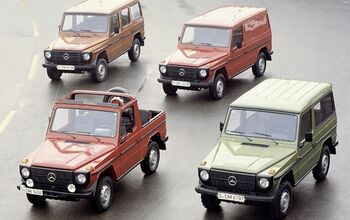

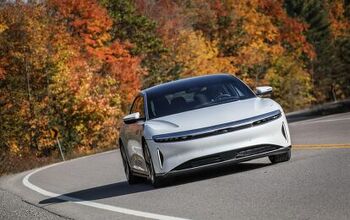

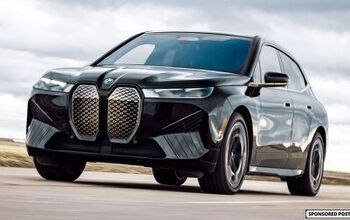

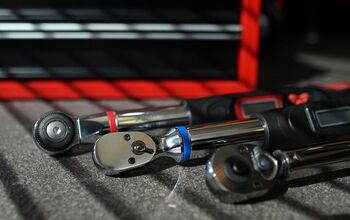


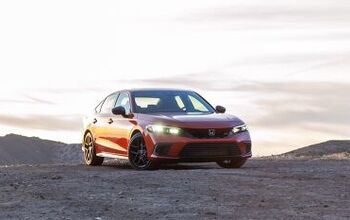

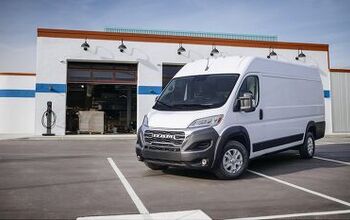

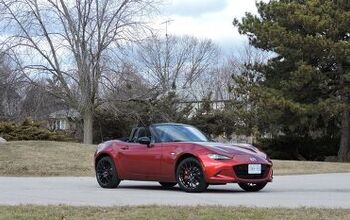
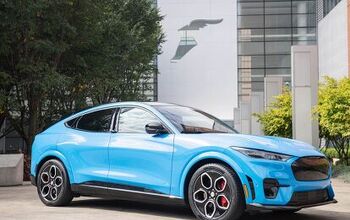
Comments
Join the conversation